Public Art in Chicago
When I went to Chicago, I expected to discover art and urban culture. There’s the world famous Art Institute of Chicago, which I planned to spend an entire afternoon in (and I did). What I didn’t expect was to see huge public art sculptures all over the city as we explored the downtown neighbourhoods.
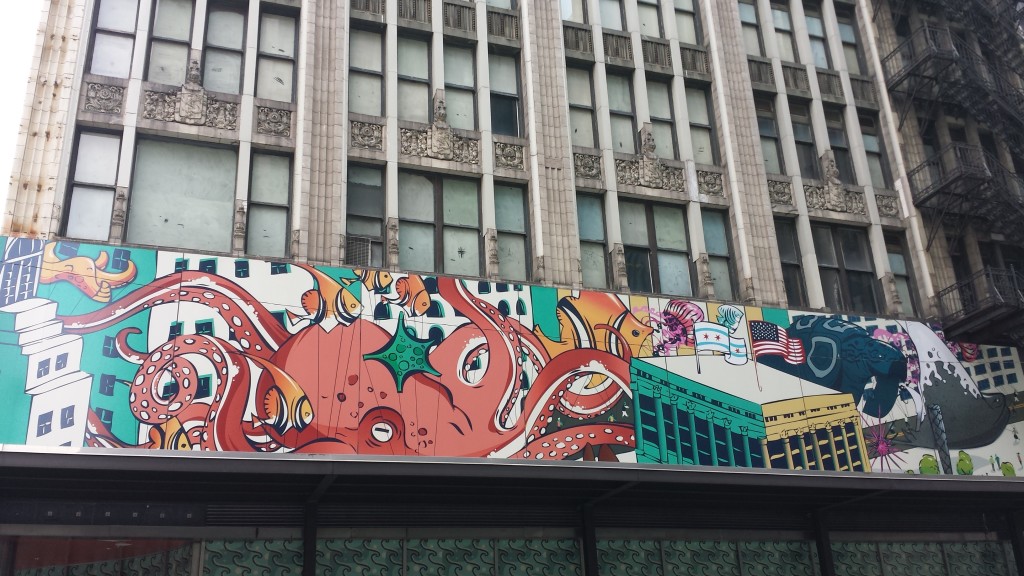
Mural spotted in Chicago by the Art Institute.
As chance would have it , back in February, I joined the Art Selection Committee of Lacombe that picks public art for the city. As a member-at-large, I talk to community members, identify possible locations for sculptures, and promote cultural events. Lacombe is unique to have a program like this because it is still a small city. It’s a progressive policy that shows commitment to the community’s culture. When I went to Chicago and saw all of the amazing public art, I was inspired. One day, Lacombe will be much bigger and there may well be a sculpture that I helped pick with my fellow board members. So I took this opportunity to soak all that Chicago art scene up and learn about Chicago’s public art policies to bring to my new role.
The City of Chicago began their public art development in 1978, one of the first in the United States, by passing the Percent for Art Ordinance that allocates 1.33% of the cost of building or renovating a municipal building or public space. Half of the commissions, or art projects, must be awarded to local Chicago artists to support the local arts community.
Each of the commissions are location-specific and incorporates a lot of input from those who live in the neighbourhood. There are at least two meetings in the community before a commission is chosen to get feedback from the community for artist suggestions and types of artwork that should be considered.
Many of the sculptures in downtown Chicago are very modern. Once I returned from Chicago, I noticed that Lacombe’s sculptures are much more reflective on the city’s history rather than looking to the future. Before I went to Chicago, I read in The Third Coast: When Chicago Built the American Dream by Thomas Dyja that it is considered the birthplace of modernity in America. While I haven’t done a lot of in depth research yet to support that statement apart from Dyja’s book, I will argue that the public works of arts that I saw in Chicago give vision to modernity.
Here are a few of my favourites from the trip and the most well-known. I wish I had known about all this progressive public art before I went because then I really could have gone on an art hunt. So, I guess I’ll have to go back. Shoot.
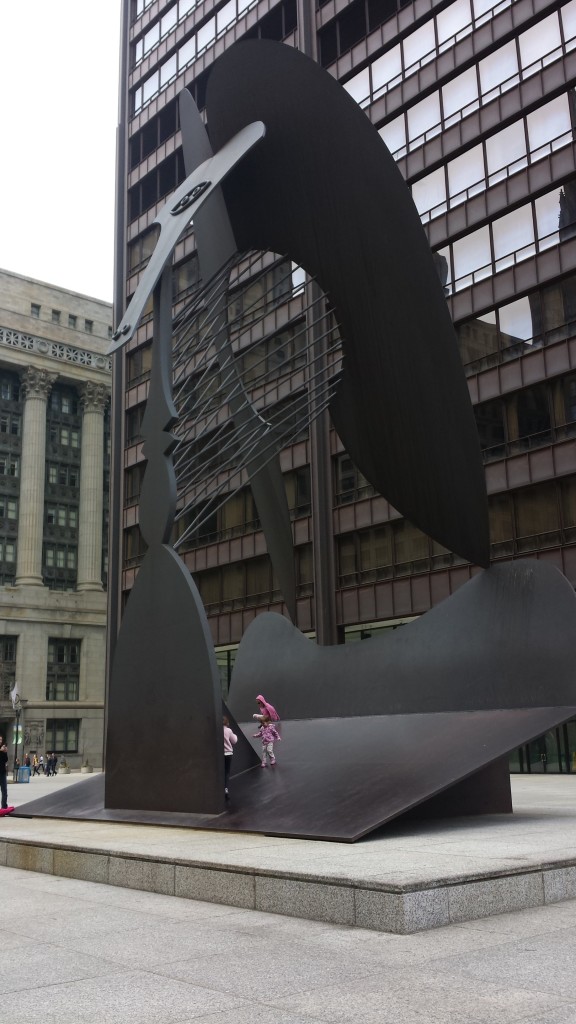
The Picasso (1967) in the Daley Plaza of Chicago Loop.
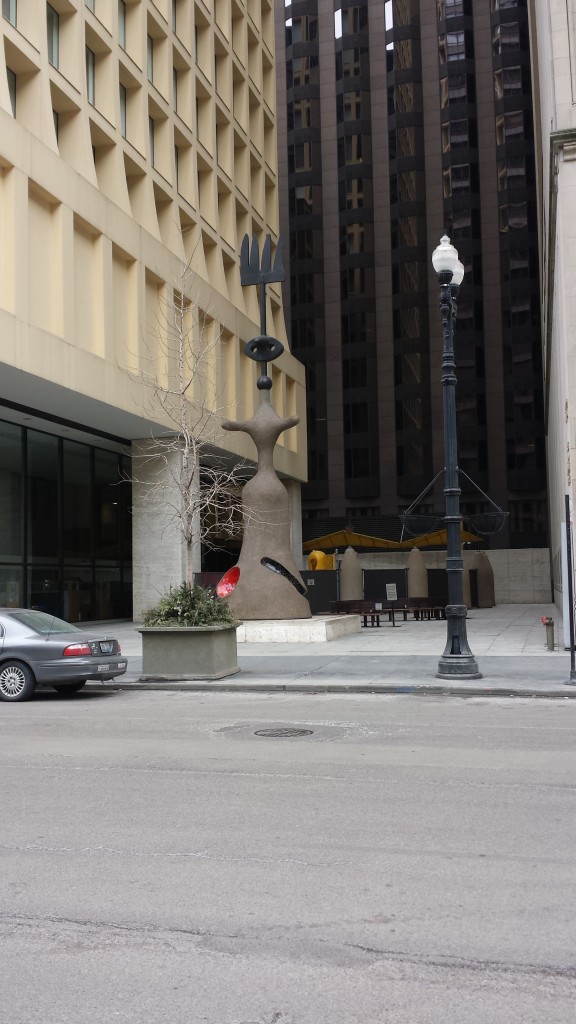
Chicago sculpture by Joan Miro (1981)
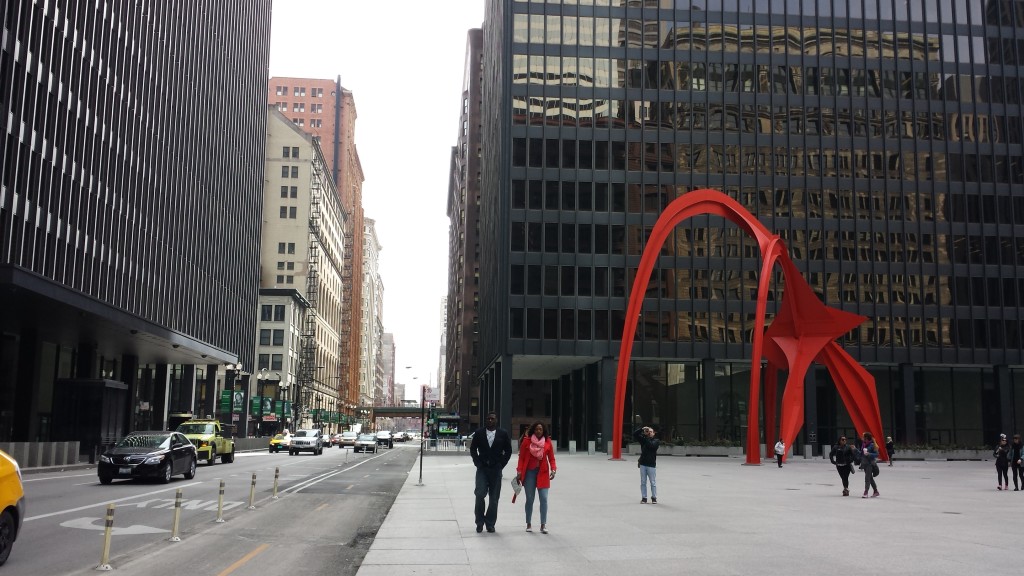
Flamingo by Alexander Calder (1974)
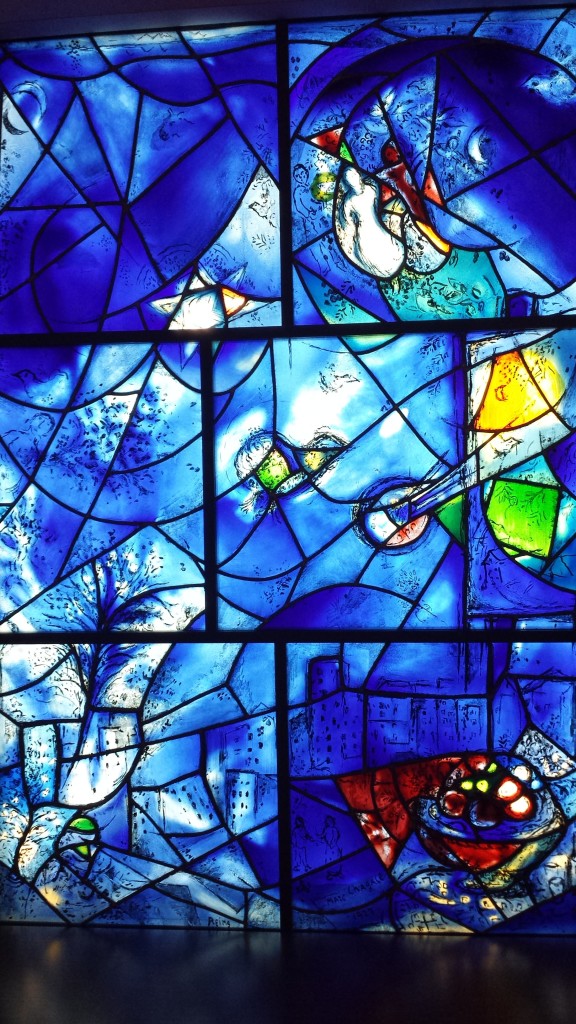
America Windows by Marc Chagall (1977 and removed in 2005). Now in the Art Institute of Chicago.
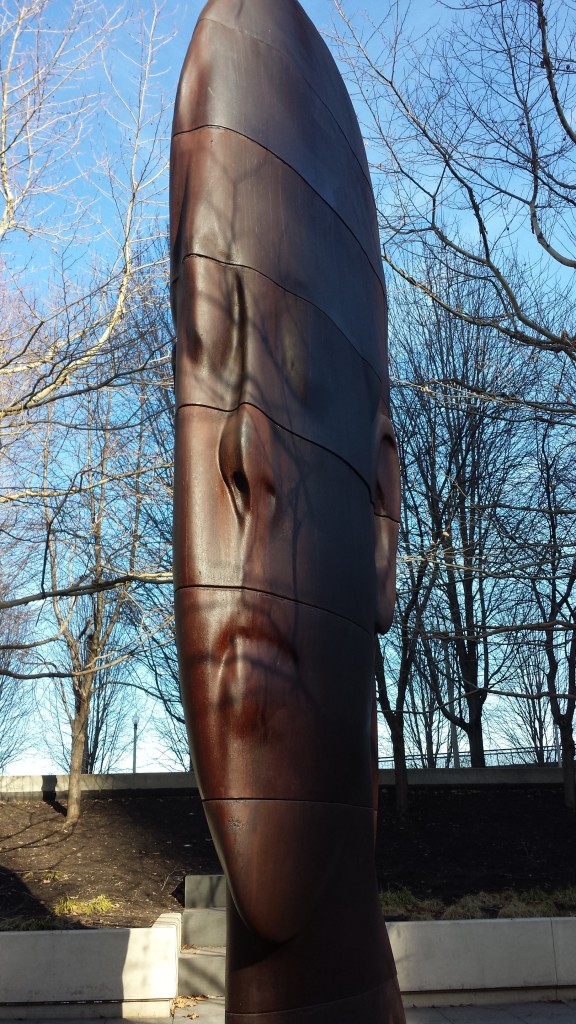
1,004 Portraits by Jaume Plensa in Millenium Park (2014-2015)
I still have questions and I’m looking for more information on Chicago’s public art policies and history. First, why did they choose these sculptures? How did they settle on a sculpture that made the community happy? What prevents the sculptures from being vandalized? What have been the most successful promotional activities for the unveiling? These are just some of the things I need to learn about public art.
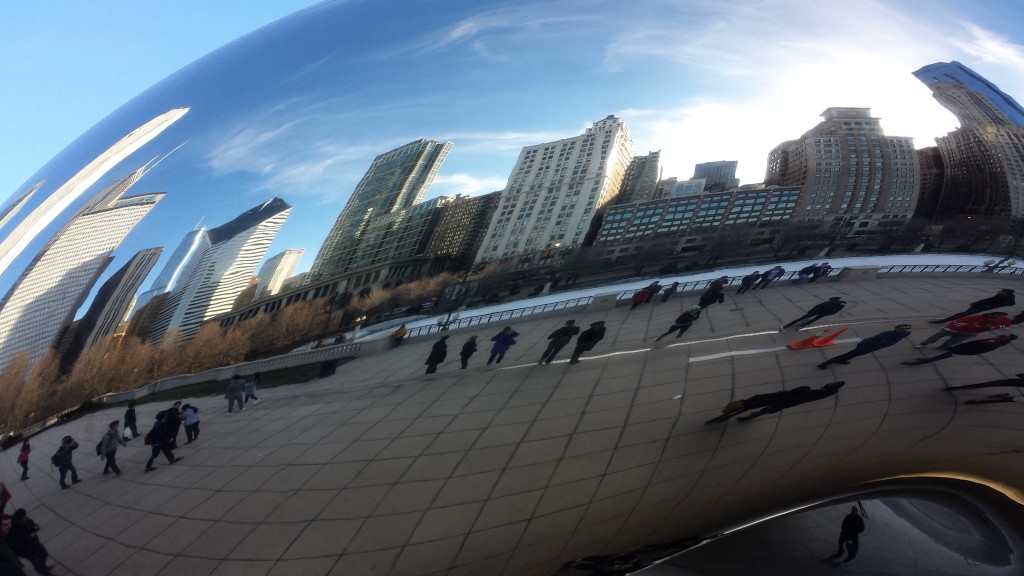
Cloudgate (aka The Bean) by Anish Kapoor in Millenium Park (2006)



Leave a Reply